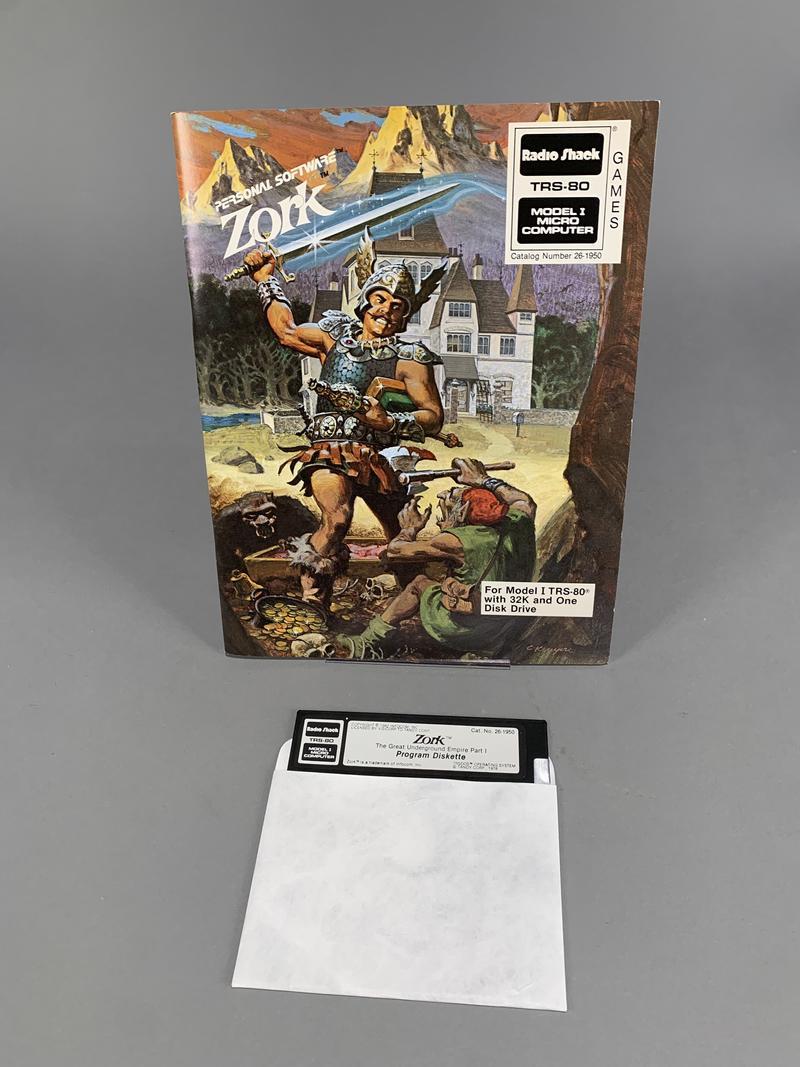
Historic Zork Trilogy Code Released Under MIT Licence

Microsoft has officially opened the source code of the original Zork trilogy-Zork I, Zork II and Zork III-making the foundational text-adventure games freely available under the MIT licence. The company's Open Source Programs Office, working alongside its Xbox and Activision divisions, announced that the historic repositories now include source code, build notes, comments and documentation intended to support study, teaching and development. The release does not grant rights to trademarks, commercial packaging or marketing materials, which remain protected.
The games were initially developed in the late 1970s and early 1980s by Infocom co-founders Tim Anderson, Marc Blank, Bruce Daniels and Dave Lebling, and became influential through their use of the Z-Machine virtual machine. That architecture allowed one game to run on multiple early microcomputers, giving Zork broad platform reach. Microsoft acquired the intellectual property through its 2023 purchase of Activision Blizzard, which had previously absorbed Infocom. Under the new terms, the code has been officially relabelled under MIT licence terms via upstream pull-requests to the historical GitHub repositories. Although parts of Zork's code had been publicly available via archivist uploads years before, those versions lacked clear licensing. Microsoft now clarifies the legal status of the code for public use, modification and study.
The release further underlines Microsoft's increased engagement with open-source preservation in gaming. Educational institutions, independent developers and retro-gaming communities are being offered access to the full Z-Machine engine and original story files-allowing analysis of early interactive narrative systems. Microsoft states the purpose is not to modernise Zork but to preserve its historical engineering and storytelling significance. One industry commentator observed that“our goal is simple: to place historically important code in the hands of students, teachers and developers so they can study it, learn from it, and, perhaps most importantly, play it”.
See also Canonical Strengthens Kubernetes Security and Extends Ubuntu LTS LifecycleThis move arrives amid a broader revival of interest in game preservation and source-code release. In addition to Zork, other titles have seen archival releases but few major publishers have actively provided the full original code along with clear licensing conditions. Some observers note that Microsoft's announcement carries a strong symbolic dimension-affirming that even legacy game-software is part of digital heritage. Developers and historians are already discussing how the code reveals the inner workings of the Z-Machine interpreter, memory-limited hardware constraints of the era and design decisions around text-based environments.
While enthusiast developers welcome the access, questions remain about how the community will mobilise it. Accessibility for newcomers may hinge on modern tools: the ZILF compiler and Z-Machine runners are referenced in guides setting out how to compile original files and execute on modern systems. The archives include instructions and notes for building Zork locally using interpreters such as Frotz, or compiling ZIL files for the Z-Machine format. Users must still source any assets not covered by the open-source code-commercial packaging, graphics, sound-effects, if any, are excluded from the license.
From a legal standpoint, the MIT licence offers broad permissions: access, reuse, modification and redistribution with minimal restrictions, provided copyright notice and licence text are retained. Gaming historians highlight that prior versions of the Zork source code existed on GitHub since 2019 but lacked formal licensing, which created ambiguity around legal reuse. Now that Microsoft has formally adopted the MIT licence, that ambiguity is removed. Reddit threads from programming communities underscore the significance: one user noted that“this code is mostly in ZIL, which is compiled to Z-code” and that exploring the Z-Machine architecture remains a fascinating exercise. Other developers pointed out that the Z-Machine was“a marvel of portability” in an era of competing micro-computer platforms.
See also Modular Upgrade Router Promises Lifetime SecurityFor educators, the release presents a new teaching resource. Computer science programmes can use Zork's code to illustrate topics such as virtual machines, resource-constrained programming, and interactive narrative systems. Preservation advocates say the entry strengthens the argument for publishers treating older titles as cultural artefacts worthy of archival rather than commercial repackaging alone.
Notice an issue? Arabian Post strives to deliver the most accurate and reliable information to its readers. If you believe you have identified an error or inconsistency in this article, please don't hesitate to contact our editorial team at editor[at]thearabianpost[dot]com. We are committed to promptly addressing any concerns and ensuring the highest level of journalistic integrity.
Legal Disclaimer:
MENAFN provides the
information “as is” without warranty of any kind. We do not accept
any responsibility or liability for the accuracy, content, images,
videos, licenses, completeness, legality, or reliability of the information
contained in this article. If you have any complaints or copyright
issues related to this article, kindly contact the provider above.


















Comments
No comment